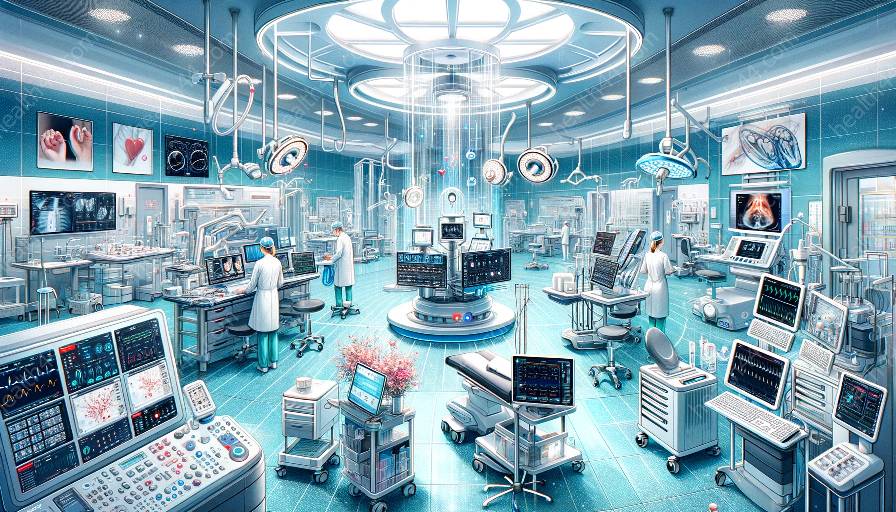Introduction
Biomedical data, generated by medical instruments and devices, holds a wealth of information that can aid in understanding diseases, finding effective treatments, and improving patient outcomes. Bioinformatics, a multidisciplinary field that combines biology, computer science, and data analytics, plays a crucial role in the analysis and interpretation of this data.
The Role of Bioinformatics in Biomedical Data Analysis
Bioinformatics utilizes advanced computational and statistical techniques to process and analyze large volumes of biological and medical data. This includes genetic, molecular, and clinical data obtained from various medical instruments such as DNA sequencers, imaging devices, and diagnostic tools.
One of the key roles of bioinformatics is to develop algorithms and software tools that can efficiently analyze and interpret complex biomedical data. These tools enable researchers and healthcare professionals to identify patterns, correlations, and biological insights that may not be readily apparent through manual analysis.
Impact on Biomedical Instrumentation
Bioinformatics has significantly impacted the field of biomedical instrumentation by enabling the development of cutting-edge devices and technologies. For example, the integration of bioinformatics into medical imaging technologies has allowed for more accurate and precise analysis of imaging data, leading to improved diagnostic capabilities and patient care.
Furthermore, bioinformatics has facilitated the advancement of personalized medicine, where medical devices are designed to tailor treatments to individual patients based on their genetic and molecular profiles. This has led to more targeted and effective therapies, ultimately enhancing patient outcomes.
Additionally, bioinformatics has played a crucial role in the development of bio-sensing devices that can rapidly analyze biological samples and provide real-time data for disease diagnosis and monitoring.
Role in Medical Devices
Bioinformatics is integral to the analysis and interpretation of data generated by medical devices such as genetic sequencers, biosensors, and patient monitoring systems. By leveraging bioinformatic techniques, these devices can generate actionable insights that aid in disease diagnosis, treatment selection, and patient management.
Moreover, bioinformatics plays a pivotal role in facilitating the integration of data from diverse medical devices, allowing for comprehensive analysis and interpretation of multi-modal data. This integrated approach has the potential to enhance the understanding of complex biological processes and disease mechanisms.
Conclusion
In conclusion, bioinformatics plays a critical role in the analysis and interpretation of biomedical data from medical instruments and devices. Its impact on biomedical instrumentation and medical devices is profound, leading to advancements in diagnostics, personalized medicine, and the overall understanding of human health and disease. As technology continues to evolve, the role of bioinformatics in biomedical data analysis will undoubtedly become even more essential in driving innovation and improving patient care.


